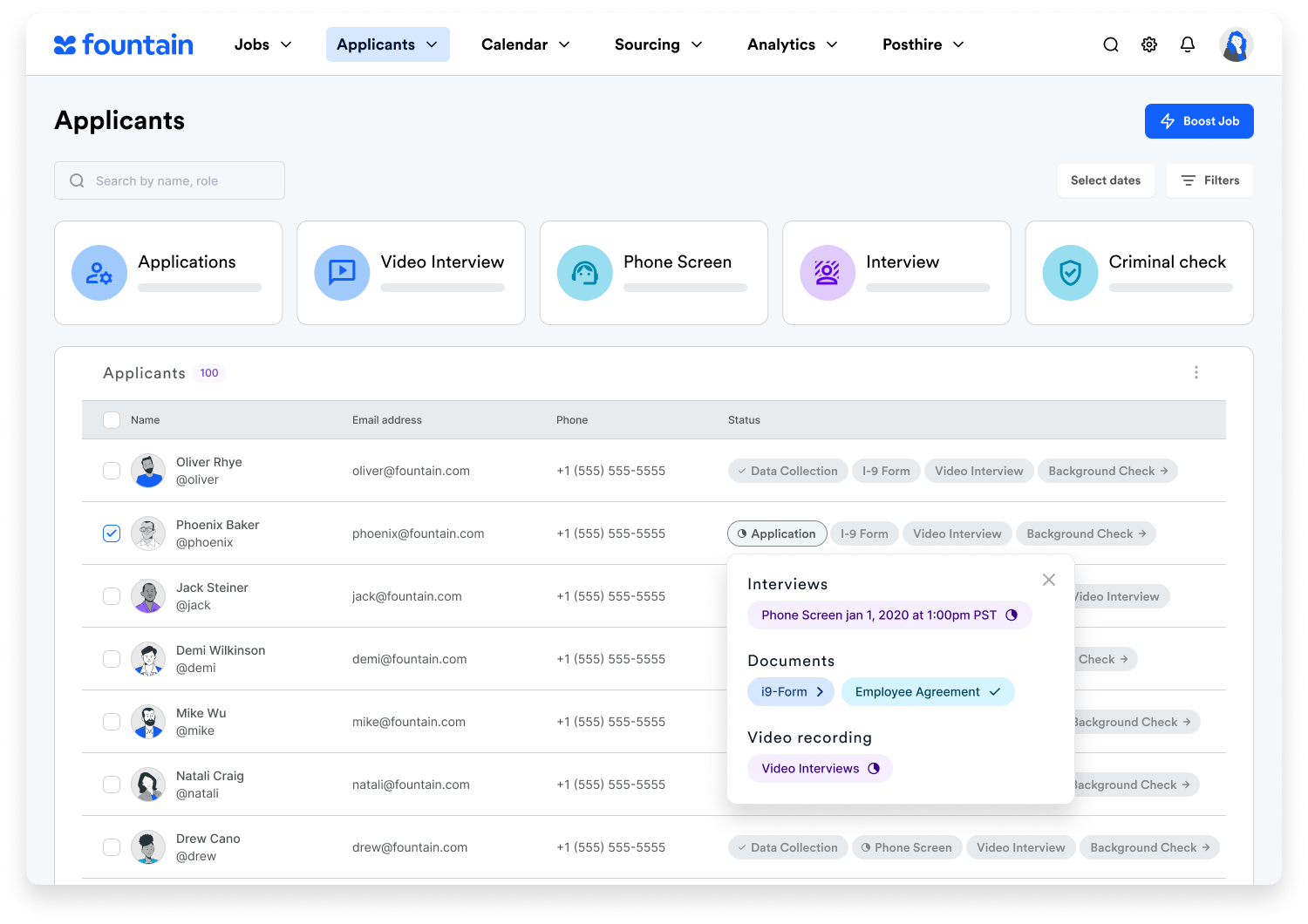There is no doubt that the gig economy has impacted the business landscape as we know it. In fact, half of all workers in the United States are expected to be freelancers by 2020, and 66% of large companies have already begun outsourcing work to freelancers. That said, the trajectory of gig work is pretty clear as employers look to embrace the idea of hourly workers, who comprise a big chunk of today’s labor force.
[Learn more: Get the latest on all the gig economy statistics that matter]
Gig economy effects: A look at the landscape
For the uninitiated, the on-demand gig economy is composed primarily of short-term tasks that companies need freelancers or part-timers to complete. The tasks can be anything from complex coding and video editing to television repair and food delivery — all they have in common is that they are temporary and on-demand part-time work, and that they rely on some form of platform to connect businesses and gig workers. Freelancing websites allow both clients to post their gig ads and freelancers to submit proposals, for jobs that involve sales, virtual assistantships, teaching, design, and more. Even ride-sharing and home rental apps like Uber and Airbnb can also be considered part of the gig economy.
A real-world look at gig economy effects and how they are shaping America via food delivery
Gig Economy Effects
Additionally, the gig economy is changing the way people make a living, with gig work becoming a part-time or even full-time option. Gone are the days of traditional part-time jobs like babysitting, mowing lawns, delivering pizzas, doing secretarial work, or bagging items at the local grocery store in favor of the freedom and gig economy flexibility. Where traditional part-time jobs have a set number of hours and a consistent job description, gig work provides something else entirely. Montage CEO and President Kurt Heikkinen explains these benefits further, saying, “As individuals have entered the workforce and evolved, they are asking for more flexibility, workers have really gained a sense of freedom. They look at their careers as a series of gigs, a series of projects and experiences, as opposed to a long-term career at a given employer.” For the youth, the prospect of dedicating decades of their lives and careers to one company is simply no longer appealing. Similarly, retirees are choosing to freelance to stay engaged and active in their senior years. The best thing that part-time work can offer these freelancers is autonomy — the choice of when and where to work, and on what, is usually up to the part-time gig worker. There are no controlling bosses, fixed shifts, or long-term and low-paying contracts to get stuck with. The impact of the gig economy also allows these workers to develop and use the skills they want when they want to, leaving them feeling more in control of their lives and careers.
But aside from these intangible benefits, gig work can also be very lucrative if you have the right skills. In fact, The Balance reports that people who do gig work like Instagram Marketing earn around $31 per hour, while those skilled in software development and coding can earn as much as $115 per hour.
Gig economy effects: Employers are recognizing the change in our workforce
In addition, workers aren’t the only ones adjusting to this paradigm shift. Employers are recognizing this change in the workforce as well, and hourly workers are transforming the way business owners plan and hire people. Maryville University’s industry outlook for organizational leaders emphasizes the rising need for specialists in remote working setups especially experienced managers. This includes expertise in dealing with gig workers and the ability to bring about change in traditional workplaces looking to reap the benefits of the gig economy.
[Read more: Freelancing in today’s gig economy]
Pros and Cons of the Gig Economy
Without a doubt the gig economy has had profound effects in the way we work. Below is a list of some of the pros and cons of the gig economy.
Pros of the gig economy
- Workplace flexibility
- Greater independence
- Variety of jobs and experience
- Pay is dependant on effort
- Lower cost for businesses
- Easier to scale your company
- Businesses can choose from a diverse pool of candidates
Cons of the gig economy
- No benefits
- Taxes require more work/knowledge
- Lack of company camaraderie, isolation
- Increased stress as a result of payment inconsistencies
- Less reliable workers for businesses
- Regulations related to contractors
Final thoughts: Gig economy effects
That said, the gig economy isn’t downsizing anytime soon. With 47% of millennials being freelancers, we have a good idea of what industries in the future will look like and who they will be looking for. It is likely that more platforms will be created for part-time work, and more people will discover that the benefits of the gig economy far outweigh those of their traditional jobs. Industries will have to learn to adapt to this shift if they are to maximize the potential of their current and future workforce.

 May 08 2019
May 08 2019
